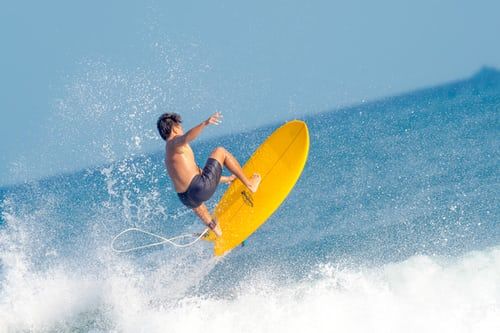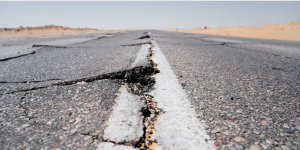Surfing is making its Olympic debut in Tokyo on Sunday but this newest Olympic sport has a very long history in the host nation of Japan. Japan’s island geography means a beach is rarely far away and Kugenuma beach is already a sea of surfers and perhaps the most popular seashore in the country.
Japan has nurtured a fanatic wave-rider culture on all its own in many respects, though Hawaii is the undisputed birthplace and global mecca of modern surfing. Masaya Uchida, who regularly commutes, several times a week from his home in Kawasaki city said that the beach is crowded with surfers but the ocean belongs to everyone. He told CBS News, “It’s really laid-back here, and welcoming.”
Surfing destinations on the Shonan coast can be reached in about an hour by train from downtown Tokyo, allowing surf addicts to indulge their passion for a few hours before work. In Japan it is not uncommon to see office stiffs in the parking lots, shedding wetsuits quickly for business suits.
Also Read | What are the new events added for Tokyo Olympics 2020?
Japanese have been body surfing since the last 19th century, floating on small planks of wood called “Itago”. Tokyo author Kaori Shoji told CBS News that after World War II, the arrival of US servicemen from nearby American bases like Atsugi and Yokosuka began to wave-ride at Shonan, and Japenese were instantly hooked.
Shoji added, “Because we’re an island nation and ocean is just about everywhere, they looked at the GIs having fun with just a board and thought to themselves, ‘Hey, you know, if they can do that, so can we.’ I mean, boards are cheap, aren’t they?” She said that the Japanese were still recovering from the miseries of war, surfing was much more than just a new sport, it signified liberation itself.
“American guys at the time represented the strong sense of freedom and relaxation and the feeling that you are not being surveilled or under scrutiny or being forced to do something that you weren’t ready to do, which is what World War II was all about for the majority of the Japanese,” she said.
Also Read | Katherine Diaz, 22, Olympic hopeful surfer killed by lightning
At that time, the ocean represented livelihoods and maybe travel for the privileged few but mostly ocean was a place where people made living. But the GIs were telling people that it was a place to have fun, relax and catch a wave or two, which was really seductive to the Japanese.
In Japan, there are an estimated two million surfers, who supports a thriving local beach culture, from cafes and gear shops of seashore mecca to a cottage industry of artisans. For newbies, Japan’s gentle waves are just right.
A California native and now-local surf instructor Gary Burkhalter said that one can surf in Hawaii, in California, or anywhere in Bali but surfing in Japan is something special, different. Where surfers can be in the water watching the sunset behind Mount Fuji and the water turns red and orange.







